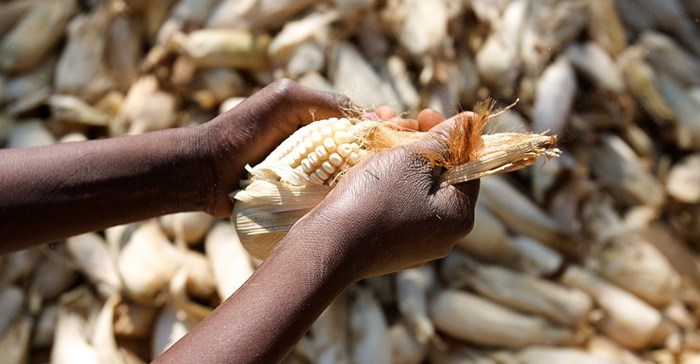
Related




#WorldFoodDay: Ensuring South Africa’s future by breaking the cycle of undernutrition
Jenny Martin 16 Oct 2025


Top stories



After thorough consultations, food security and nutrition experts from 15 organisations have released a third version of the IPC Technical Manual. In addition to the IPC's Acute Food Insecurity scale, it incorporates two new scales, measuring chronic food insecurity and acute malnutrition. It also includes a new classification of the IPC Acute Food Insecurity scale's Phase 5, called ‘Famine Likely'.
The collection of high-quality food security and nutrition data in these locations has faced major challenges including security, legal and logistical constraints, often preventing humanitarian actors from reaching populations during emergencies.
To address these challenges, the IPC Technical Manual Version 3.0 introduces additional data collection modalities that target key access points to obtain evidence for IPC analysis.
These access points include locations where populations have newly arrived after displacement, nearby locations, displacement camps, health centres and distribution points among others.
"This is a major development, especially for humanitarian crises in conflict contexts with little or no humanitarian access, because the IPC Technical Manual Version 3.0 will improve our ability to reach conclusions in these contexts to better inform decision-makers," said José Lopez, the IPC global programme manager.
The earlier versions were the basis for the declaration of Famine in Somalia in 2011 and in South Sudan in 2017, and informed humanitarian response decisions. The IPC Technical Manual Version 3.0, which includes protocols for the most severe crisis contexts, also sets a new global benchmark for Famine declarations with the introduction of the 'Famine Likely' classification.
This applies in locations where there is insufficient evidence for famine classification due to circumstances on the ground, but where available information indicates that Famine is likely occurring or will occur. This will boost the IPC's ability to warn about potential Famine in contexts where limited data previously was a barrier.
For the first time, the IPC Technical Manual Version 3.0 also includes a wide range of IPC scales: Acute Food Insecurity, Acute Malnutrition, and Chronic Food Insecurity. This creates a better understanding of the linkages between the three conditions, providing decision-makers with invaluable information for the strategic design of response actions to comprehensively address food insecurity and malnutrition.
"This manual also reconciles the link between emergency and development analyses, by helping decision-makers identify food insecurity drivers through the use of Acute and Chronic Food Insecurity scales. This provides information for both effective humanitarian assistance and medium and long-term development action," said Emily Farr, the chair of the IPC Global Steering Committee.
The IPC Technical Manual Version 3.0 further reinforces the IPC principles of transparency and neutrality of the analysis by providing clearer guidance and tools on the analytical process, including technical consensus building and quality assurance. Emphasis is also placed on strategic communications to ensure the right information is conveyed to the right people at the right time.